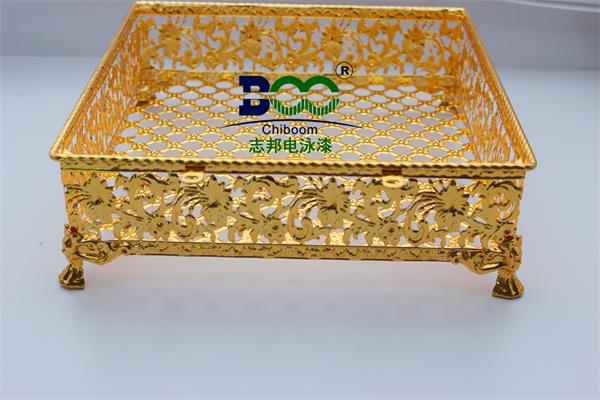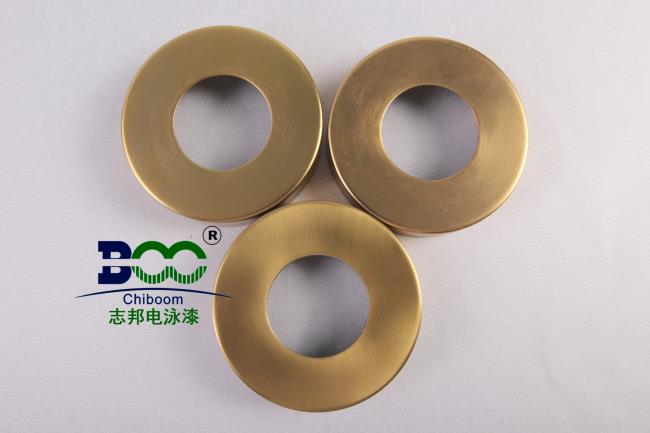What elements are contained in electrophoretic paint?
In our daily lives, from the sleek car bodies to the metal shells of various home appliances, to the sturdy metal components of industrial equipment, we often see a smooth, uniform, and rust-resistant coating. This invisible armor" is largely thanks to a magical paint called electrophoretic paint. So, what elements are hidden within this seemingly ordinary paint film? Today, let’s uncover the mystery of electrophoretic paint and see what secret weapons it contains inside.
Electrophoretic paint is not a simple mixture of a single component, but a complex chemical system. Its main purpose is to form a dense, uniform, and strongly adherent protective film on the surface of a metal substrate through electrophoretic deposition, providing corrosion resistance, rust prevention, insulation, and decoration. The core component in electrophoretic paint is resin, which forms the basis of the paint film and determines its basic properties, such as hardness, flexibility, and chemical resistance. Common resins used in electrophoretic paint include epoxy resin and acrylic resin. Epoxy resin is known for its excellent adhesion, chemical resistance, corrosion resistance, and good mechanical strength, often used in applications with high corrosion resistance requirements. Acrylic resin, on the other hand, is known for its excellent weather resistance and gloss, commonly used in products with high appearance requirements.

In addition to resin, electrophoretic paint also contains a curing agent. The curing agent reacts with the resin, transforming the liquid resin into a solid paint film. Pigments are the key component that gives electrophoretic paint its color, determining the color and hiding power of the paint film. Fillers are used to increase the thickness and hardness of the paint film and improve its physical properties. Additives, although present in small amounts, play a crucial role in the performance of the paint film. Common additives include wetting agents, leveling agents, defoamers, and toughening agents. Wetting agents and leveling agents help the paint liquid better wet the workpiece surface, allowing the paint film to level out and reducing defects such as orange peel and pinholes. Defoamers prevent excessive bubbles from forming during electrophoresis, affecting the uniformity of the paint film. Toughening agents improve the flexibility of the paint film, preventing cracking.
Electrophoretic paint can be water-based or solvent-based depending on the system. Water or solvent serves to uniformly disperse or dissolve all the above components, forming a stable paint liquid for electrophoretic deposition in the electrophoresis tank. Water-based electrophoretic paint uses water as the dispersion medium, making it more environmentally friendly.
In summary, electrophoretic paint is a complex system carefully formulated from resins, curing agents, pigments, fillers, additives, and water or solvents, among other chemical elements and compounds. These components work together under an electric field to ultimately form that sturdy, beautiful, and durable protective film on the metal surface. Understanding the components of electrophoretic paint allows us to better understand why it can provide such excellent protective effects. Next time you see a metal product, imagine that beneath its smooth surface, a group of chemical elements are silently protecting it.




 WeChat
WeChat